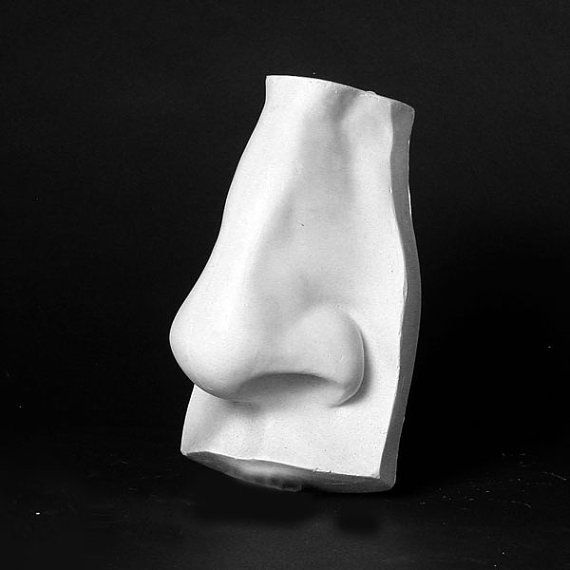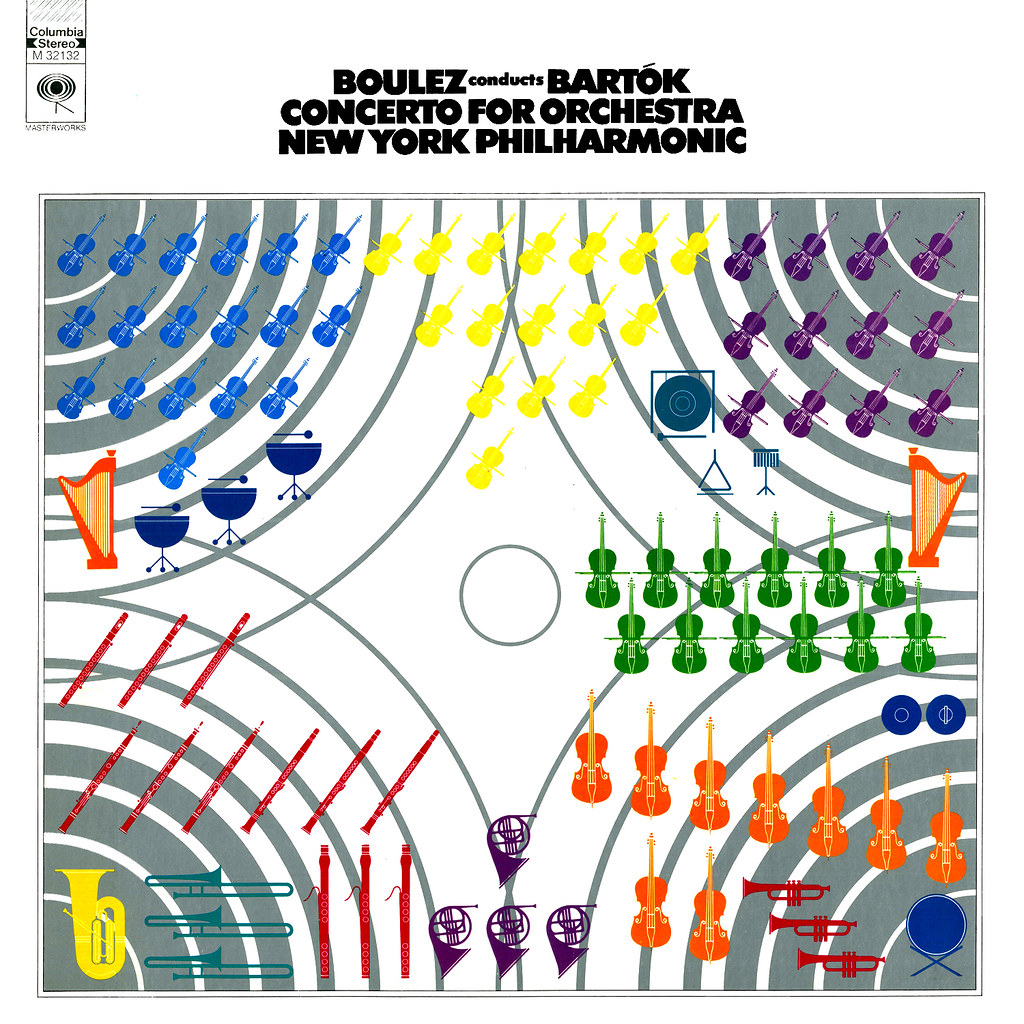Hey everyone,
Not sure how much interest there is on this subject, but I’ve been meaning to look into it since I saw a couple of posts by
@ubertrout ruminating about whether or not those classical Single-Layer SACDs put out by Sony in the early 2000s are actually sourced from the quad masters. Hopefully this post will offer definitive answers to the questions/assertions posted below.
Admittedly, I’m really not much of a classical listener, but I have always loved this recording since I first heard the SQ LP. Maybe it’s just the cool diagram on the cover, or just the concept of miking an orchestra specifically for immersive surround that caught my attention.
This quad mix was done by Ray Moore, who is credited with 40+ Columbia quads (see
@fredblue's
quad mixers listing), including Miles Davis’
Bitches Brew.
I’ve got 3 sources lined up- my
SQ LP (Involve decode), my recently-acquired
Q8, and a rip of the
SACD provided by a kind fellow member. Let’s see how they compare!
First off, one of the neat things about this recording is that the SQ LP gatefold jacket gives you a pretty detailed explanation of how exactly the orchestra was miked, recorded, and mixed.
The front cover shows the placement of each section in the final quad mix. Note that this cover scan (clearest I could find) is actually from a stereo LP copy, only the quad version shows an ear in that center circle.
View attachment 36245
I also made my own graphic (inspired by
@steelydave's work
here) to show the channel positions.
View attachment 36270
One thing that’s confusing me is identifying the different string instruments. Based on the illustrations on the cover graphic, I assume Cellos are center right and Bass is rear right, but I can’t quite tell the difference between the 3 distinct string sections up front (color-coded blue, yellow, purple). Based on the usual composition of an orchestra, I’m gonna assume some there are two Violin sections (first and second), and one Viola section.
Something that immediately stands out to me about this mix is that it uses all four corners and all four side-wall positions, which is against the “rules" of mixing for SQ. Though obviously, mixing a live orchestra in Columbia's usual style would never really work because of the massive amounts of leakage between the channels. It’s not like you can record each section of an orchestra in an isolation booth.
The back cover shows the placement of mics during the recording. The orchestra was arranged in a circle around the conductor, with 20+ microphones placed in strategic locations (with the quad mix in mind).
View attachment 36247
The inside cover shows this was an 8 track recording, with 3-4 microphone feeds recorded onto each track.
View attachment 36248
Here’s a general breakdown of what exactly is in each track:
- Violin
- Violin, Viola, Timpani, Harp
- Violin, Viola, Cello
- Violin, Harp, Chimes, Triangle, Gong
- Cello, Double Bass
- Trumpet, French Horn, Crash Cymbal, Bass Drum
- Woodwinds, Bassoon
- Trombone, French Horn, Tuba
The graphic then implies they went in and basically created each channel in the quad mix from combining two of the multi stems.
- Tracks 1+2= Left Front
- Tracks 3+4= Right Front
- Tracks 5+6= Right Rear
- Tracks 7+8= Left Rear.
View attachment 36252
This was all done with quad in mind: the arrangement of the orchestra, the placement of the mics, which instruments were recorded to what track, etc. The entire project was conceived from the ground up for quad. Unfortunately the SQ matrix system couldn’t really handle the complexity of the recording.
Now here’s Waveform representations of the entire piece from each source:
SQ Decode:
View attachment 36249
Q8- Discrete Quad Mix:
View attachment 36250
SACD:
View attachment 36251
Obviously the 5.1 mix (or 5.0, as there is nothing in the sub channel) doesn’t resemble the Q8 visually at all. The rears are much lower than the fronts, and the 3 front channels look almost the same. My initial spot listen seemed to suggest that the center channel is a sum of the two fronts (with seemingly greater emphasis on the brass), and the rears are a lowered volume copy of the fronts.
So yeah, I’d definitely say that the multichannel track on Sony disc is some sort of electronically-assisted upmix from stereo. It sure as hell ain’t Ray Moore’s original quad mix, and if it is an actual remix from 8-track multis shown on the LP jacket, then it’s terribly unimaginative.
It's real shame, because we know the lengths that the folks at Columbia Masterworks went to make this a demo quality classical quad recording, and then when technology catches up to the point when their vision could be realized, it's botched.
The Q8 is truly amazing, but with one flaw: the third track (movement?) "Elegia" is split between the programs. There's a few copies over on
8-track shack if anyone wants to pick one up. Maybe this title will get its proper due someday...

























